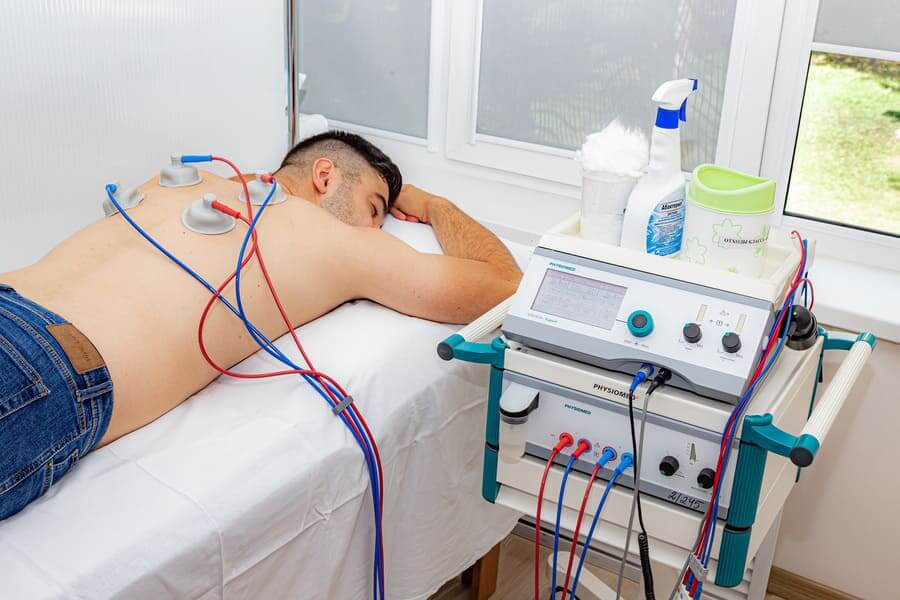Movement without pain: how does physiotherapy work?

There are many physiotherapy methods that are based on natural factors — these include solar radiation, heat, magnetic and electric fields. However, the amount of physiotherapeutic effect is calculated with no less precision than the dosages of medications. The physiotherapist calculates and prescribes the type of physiotherapy treatment and the number of sessions individually for each patient.
Joint diseases are some of the most common conditions that can severely limit movement and alter quality of life. And the use of physiotherapy is a well-established practice for treating musculoskeletal problems. Taking into account the stage of the disease, the main symptoms, the patient’s age and related issues, physiotherapy methods are selected to maintain the quality of life, a high level of activity and performance.

There are many types of physiotherapy used for joint disease. Most commonly used:
- Electrophoresis is the treatment of the body with a constant electric current combined with the administration of medicines through the skin.
- Ultrasound therapy — the application of ultra-high frequency mechanical vibrations to normalise blood circulation and reduce inflammation.
- Laser therapy — the use of low-level laser light to stimulate healing and relieve pain.
- Heat treatment (thermotherapy) — the use of heat to improve circulation and relieve muscle tension.
- Carboxytherapy is a minimally invasive procedure in which medical grade carbon dioxide is injected into the tissue surrounding a diseased joint.
- Magnetotherapy — the use of magnetic fields to relieve pain, inflammation, swelling, and improve joint nutrition.
Physiotherapy plays an important role in the process of restoring normal joint function. It can be used to relieve stagnant phenomena in the lesion and restore normal blood circulation.
There are contraindications, consultation with a specialist is necessary.





